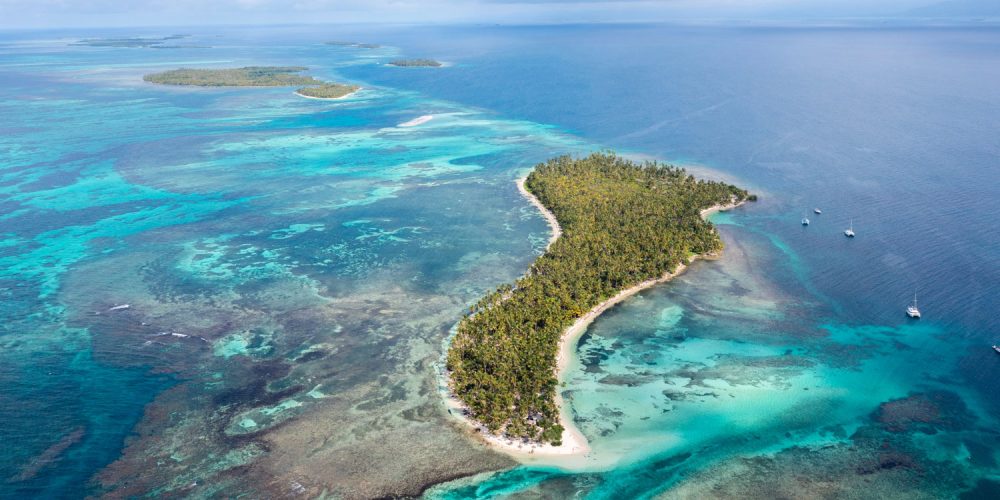
Panama is a fascinating country located at the southern end of Central America, bridging North and South America. It’s bordered by Costa Rica to the west, Colombia to the southeast, the Caribbean Sea to the north, and the Pacific Ocean to the south.
One of Panama’s most notable features is the Panama Canal, a crucial waterway that connects the Atlantic and Pacific Oceans. This engineering marvel significantly impacts global trade and has been a vital part of Panama’s economy since its completion in 1914.
Panama’s capital, Panama City, is a vibrant metropolis known for its modern skyline, historical sites, and cultural diversity. The city is a hub for international banking and commerce, reflecting Panama’s strategic economic position.
The country is also rich in natural beauty, with lush rainforests, pristine beaches, and diverse wildlife. Tourism is a growing sector, attracting visitors with its unique blend of natural and urban attractions.
Panama’s history is equally intriguing, marked by its independence from Spain in 1821 and later from Colombia in 1903, with significant support from the United States to facilitate the construction of the Panama Canal.
Whether you’re interested in its historical significance, economic importance, or natural wonders, Panama offers a wealth of experiences and insights. Have you ever considered visiting Panama or learning more about its unique role in global trade and culture?
The Panama Canal is an extraordinary feat of engineering that has had a profound impact on global maritime trade. Here are some key details about this iconic waterway:
### History and Construction
The idea of a canal through the Isthmus of Panama dates back to the early explorers, but it wasn’t until the late 19th and early 20th centuries that serious efforts were made. The French initially attempted to build the canal in the 1880s but faced numerous challenges, including engineering difficulties and high worker mortality rates. The United States took over the project in 1904 and successfully completed it in 1914.
### Structure and Operation
The Panama Canal spans approximately 82 kilometers (51 miles) and connects the Atlantic and Pacific Oceans. It uses a system of locks to raise and lower ships over the Isthmus of Panama. The locks lift ships up to Gatun Lake, an artificial lake 26 meters (85 feet) above sea level, and then lower them back down on the other side.
### Economic and Strategic Importance
The canal significantly reduces the travel distance for ships, allowing them to avoid the lengthy and hazardous route around the southern tip of South America via the Drake Passage or the Strait of Magellan. This shortcut is crucial for international trade, making the canal one of the most strategic artificial waterways in the world.
### Modern Developments
In 2016, the Panama Canal underwent a major expansion to accommodate larger vessels, known as “New Panamax” ships. This expansion included the construction of a new set of locks, which doubled the canal’s capacity and allowed it to handle the increasing volume of global maritime traffic.
### Environmental and Social Impact
The construction and operation of the canal have had significant environmental and social impacts. The creation of Gatun Lake, for example, flooded a large area of rainforest, and the canal’s operation requires a substantial amount of fresh water. Efforts are ongoing to manage these impacts and ensure the canal’s sustainability.
The Panama Canal remains a vital artery for global trade and a testament to human ingenuity and perseverance. Have you ever thought about visiting the canal or learning more about its operations? It’s a fascinating place with a rich history and a bright future.
Leave a Reply